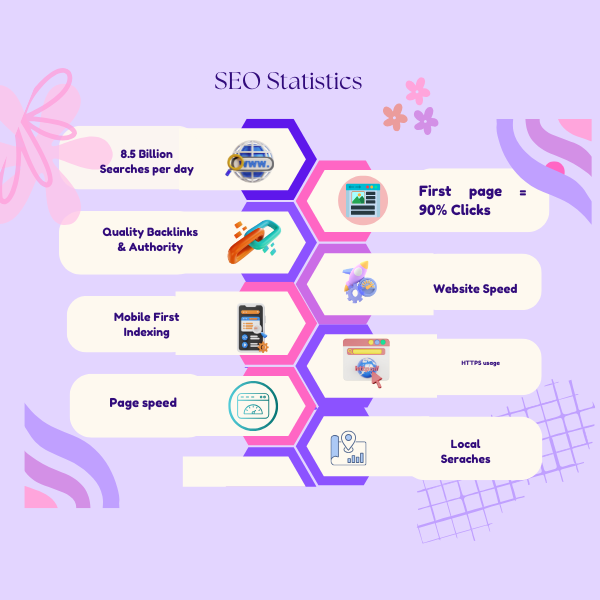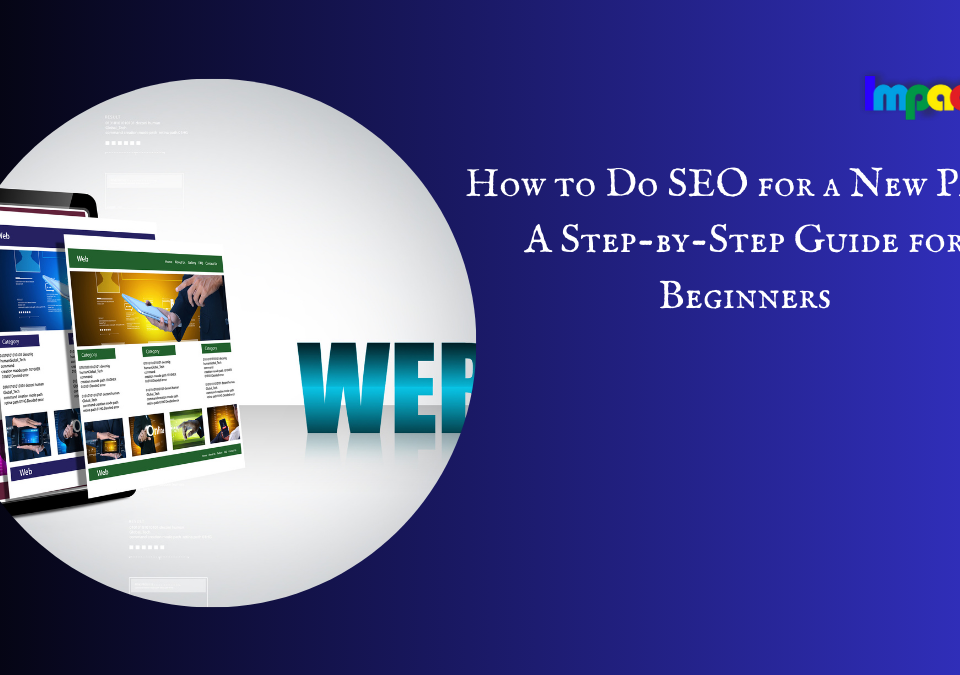As online marketing experts, you know how important it is to create the right SEO strategy for your business. That’s why you work hard to build high-quality backlinks and add relevant and value-adding content to your website on a regular basis. But what about your local SEO strategy? Do you have one of those? If not, don’t worry; we’re here to help! This guide will show you how to create an effective local SEO strategy that helps boost your local rankings, drive more traffic, and convert that traffic into customers who will return time and time again!
Define Audience:
Your audience is your #1 priority when creating an SEO strategy. What type of people are you trying to reach with your content? Knowing who you want to reach and what they’re most interested in will help guide everything from title choices to how-to articles. Defining an audience also makes sure that you don’t lose focus on what’s important – it ensures you produce content that is relevant, useful, and interesting. It also gives you more data about which keywords (or topics) are likely to drive traffic – because if it interests that person, it probably interests other similar people.
Determine Goals:
The first step in creating a SEO strategy is figuring out what you want. In today’s world, many companies strive to achieve top ranking on Google and other search engines, but don’t have clear objectives of what they hope to accomplish with those rankings. Figure out what you want before you figure out how you’re going to do it. Do you want more sales? Do you just want more exposure? Are you looking for new clients in a specific industry?
Identify Your Competition:
Before you begin developing your SEO strategy, it’s important to identify what competitive pressures are at play. How will people search for products like yours in 2022? What keywords and search terms will dominate that year? Who are you up against now, and how is their SEO strategy affecting yours? Answering these questions will help you prioritize different SEO components, such as on-page keyword optimization or link acquisition.
Select Keywords:
The first step in creating a successful SEO strategy is selecting specific keywords that you want to target. There are a few different ways you can go about finding these keywords. One option is doing some research on what people are already searching for on Google, Yahoo and Bing. An advanced search allows you to combine multiple words together so that all of your results contain all of those terms. This way, you’ll be able to find additional keywords that might not have occurred to you before. It’s also smart to include modifiers like cheap or buy in your keyword searches so that you don’t miss out on more aggressive phrases that people use when they want immediate action instead of information only.
Conduct Competitor Analysis:
Competition is everywhere and in order to stay competitive, you need to understand it. Knowing who your competitors are and what they’re doing online is helpful not only because it gives you insight into what may or may not be working but also because it allows you to take advantage of any holes in their strategies (and vice versa). So, before diving in and building a killer website and strategy, spend some time researching those companies that are already out there doing what you want to do. What are they doing well? Where can you improve? How can you position yourself better than them? What unique value do they offer? The answers are out there if you look hard enough!
Access Website Performance:
Google has said that website speed and responsiveness can have a big impact on how high or low you rank in search results. According to multiple case studies, websites that load faster than their competitors tend to win out in Google’s rankings. If you haven’t looked at your website’s performance from a user perspective—testing it with different devices, browsers, and speeds—now is as good of time as any!
Create Metrics:
The first step is to establish specific criteria by which you can measure progress, define success and plan improvements. Define what success looks like to you—what do you want from your business in five years? What does it look like if someone else owns or manages it? What needs improvement? Where do you see yourself in three months, six months, one year, two years and five years?
Use Data to Make Decisions:
Making informed decisions in SEO is not an exact science—there’s no one correct strategy that will work perfectly all of the time. Instead, there are metrics you can use to analyze your results and adjust accordingly. This allows you to tailor your tactics as new data comes in so that you can stay ahead of Google’s changing algorithms.




